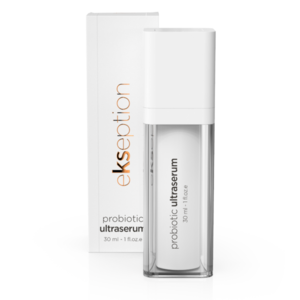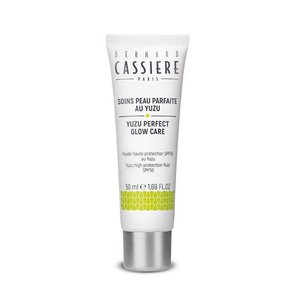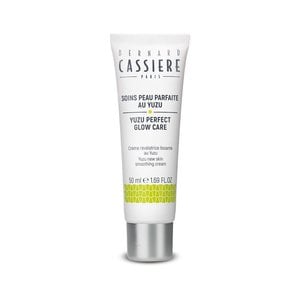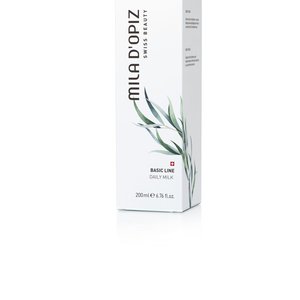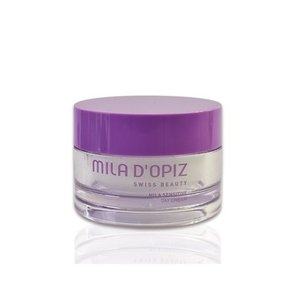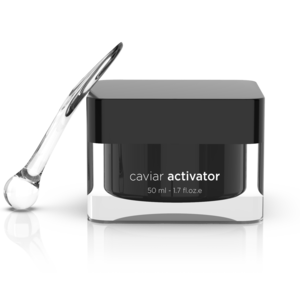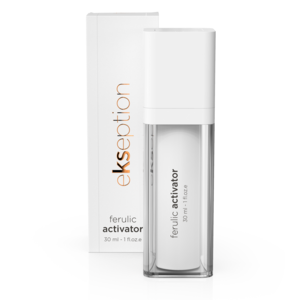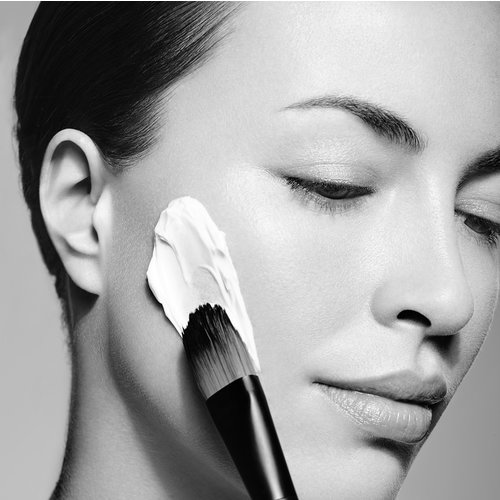Normal and combination skin
The classification of skin types according to the sebaceous gland activity is the most general and the easiest way to distinguish skin types. T-zone ( forhead-nose-chin) bigger pores and less dry






This sunscreen protects the skin with an SPF50 against the harmful rays of the sun. The cream ensures that pigmentation spots do not get a chance to appear. Read more
This sunscreen protects the skin with an SPF50 against the harmful rays of the sun. The cream ensures that pigmentation spots do not get a chance to appear.




Reduces sagging under the eyes
Reduces dark circles Water in oil emulsion, so light cream. Read more
Reduces sagging under the eyes
Reduces dark circles Water in oil emulsion, so light cream.






Firms the skin and reduces wrinkles.
The cream contains the natural pH value of the skin. Read more
Firms the skin and reduces wrinkles.
The cream contains the natural pH value of the skin.






Restores wrinkles. Rosacea and acne - suitable
Reduces sensitivity and redness.
During the day, use All day shield from Eksepti Read more
Restores wrinkles. Rosacea and acne - suitable
Reduces sensitivity and redness.
During the day, use All day shield from Eksepti


Skin types according to sebaceous gland activity.
The classification of skin types according to the sebaceous gland activity is the most general and the easiest way to distinguish skin types. One then speaks of dry, oily, normal and combination skin.
The sebaceous gland function can be larger or smaller than normal. If the function of the sebaceous glands is too great, we speak of oily skin or seborrhoe. If the sebaceous gland function is too low, we speak of dry skin or sebostasis.
A seborrhoe distinguishes two types:
- a. seborrhoe oleosa-oily skin with an oily sebum secretion
- b. seborrhoe sicca-oily skin accompanied by flaking horns.
Normal skin is sometimes incorrectly referred to as combined skin. It is normal for the middle part of the face to be slightly greasier than the sides near the cheeks and around the eyes, because there are naturally more and larger sebaceous glands in the middle part of the face. One speaks of a combined skin if the differences between the fatter and drier areas are so great that treatment must be taken into account and different products are used for the drier and fatter areas, among other things.


















 Skin type
Skin type
 Products
Products
 Skin problems
Skin problems
 Men care
Men care
 New
New
 Discount !!
Discount !!
 Mila d'Opiz
Mila d'Opiz
 Bernard Cassière
Bernard Cassière
 Ekseption Skincare
Ekseption Skincare
 Fusion Meso
Fusion Meso
 Sothys Paris
Sothys Paris
 Derma science by Mila d'Opiz
Derma science by Mila d'Opiz
 JK by Mila d'Opiz
JK by Mila d'Opiz
 Pascaud
Pascaud
